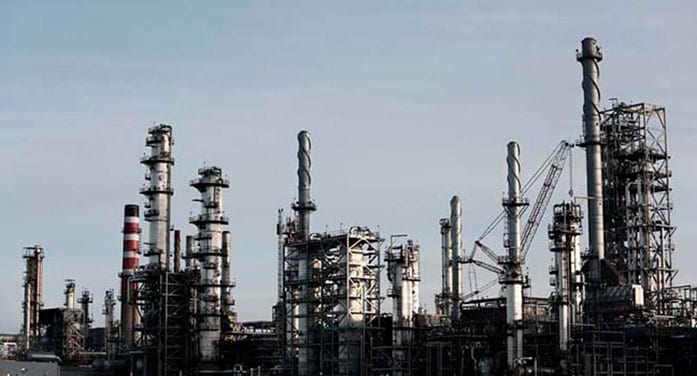By Mark Milke
and Lennie Kaplan
Canadian Energy Centre
When forecasting future oil consumption around the world, many people have opinions and agendas. Forecasts rooted in facts and technological capabilities are more rare.
An example of an informed opinion comes from Vaclav Smil, professor emeritus of the University of Manitoba’s Faculty of Environment.
Smil is an expert in energy transitions. He would prefer a move away from fossil fuels and he accepts that carbon emissions contribute to global warming.

However, Smil’s data-based, empirical work, and his resulting view on a possible transition from such fuels to others, was summed up in his recent paper for the University of Saskatchewan’s Johnson Shoyama Graduate School of Public Policy: “Designing hypothetical roadmaps outlining complete elimination of fossil carbon from the global energy supply by 2050 is nothing but an exercise in wishful thinking that ignores fundamental physical realities.”
That context is critical for Canadians. It means that the key choice is more straightforward: For the next few decades at least, Canadians will continue to use oil. The only question is where it will come from – domestic or foreign sources, or both (most likely), and in what proportions.

Our guess is that most people don’t know just how much foreign oil has been imported into Canada, into which provinces and where it originates. While some people rhetorically ‘oppose’ oil – Canadian extraction and consumption – the reality is that domestic oil consumption needs will be met either by Canadians or with imported oil.
Canada imported over 8.7 billion barrels of crude oil from other countries between 1988 and 2019, an average of nearly 749,000 barrels a day over the period. Those foreign barrels of oil were worth $477 billion in nominal dollars (and $587 billion in inflation-adjusted dollars).
 |
| RELATED CONTENT |
| Government roadblocks cripple energy industry By Ian Madsen |
| Bringing the facts back to the Keystone XL debate By Tom Olsen |
| Five reasons why Biden should ask Canada, not Saudi Arabia, for more oil By Deborah Jaremko |
Many of the source countries have changed over the decades. Initially, much of the oil arriving in Canada came from the United States, Norway, the United Kingdom and Algeria. Those are the top four sources of foreign oil when all three decades’ worth of oil imports are tallied up.
But between 2010 and 2019, the two top suppliers alone – the United States and Saudi Arabia – account for $100 billion worth of oil imports ($75 billion from the U.S and $25 billion from Saudi Arabia). That accounted for 46 per cent of the $220 billion in oil imports in the last decade.
Algeria and Norway were next with oil sales to Canada worth $17.1 billion and $16.8 billion, respectively, with multiple other countries supplying the rest in smaller amounts. Russia, for example, exported $2.2 billion worth of oil to Canada in the last decade.
Narrow down oil imports just to 2019 and the Americans and Saudis are even more dominant. They shipped oil worth $13.8 billion and $3.1 billion respectively into Canada, or 89 per cent of $19 billion in total oil imports last year.
Where did the $477 billion in oil imports between 1988 and 2019 end up?
Fully $225 billion or 47 per cent flowed into Quebec. Next was New Brunswick with $129 billion or 27 per cent (explained in part by a refinery in Saint John). The other provinces took the remaining 26 per cent.
A number of factors explain Canada’s level of crude oil imports, including the type of oil a refinery processes and ongoing pipeline constraints. Given such complexities and the need for open markets and flexibility of supply, it would be a mistake to advocate protectionist measures.
But where governments can make it easier for Canadians to develop domestic oil supplies, be it in Newfoundland and Labrador, Quebec (which has reserves), Saskatchewan, British Columbia or Alberta, it would be reasonable to do just that.
Mark Milke and Lennie Kaplan are with the Canadian Energy Centre, an Alberta government corporation funded in part by taxes paid by industry on carbon emissions. They are authors of Foreign oil imports to Canada: $477 billion between 1988 and 2019.
For interview requests, click here.
The opinions expressed by our columnists and contributors are theirs alone and do not inherently or expressly reflect the views of our publication.
© Troy Media
Troy Media is an editorial content provider to media outlets and its own hosted community news outlets across Canada.
